The Politics of Ballot Design —— How States Shape American Democracy
----- 选票设计的政治:各州如何塑造美国民主
US federalism grants state legislators the authority to design many aspects of election administration, including ballot features that mediate how citizens understand and engage with the choices available to them when casting their votes. Seemingly innocuous features in the physical design of ballots, such as the option to cast a straight ticket with a single checkmark, can have significant aggregate effects. Drawing on theoretical insights from behavioral economics and extensive data on state ballot laws from 1888 to the present, as well as in-depth case studies, this book shows how strategic politicians use ballot design to influence voting and elections, drawing comparisons across different periods in American history with varying levels of partisanship and contention. Engstrom and Roberts demonstrate the sweeping impact of ballot design on voting, elections, and democratic representation.
{{comment.content}}

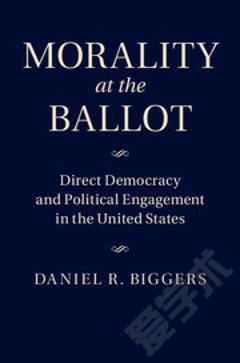

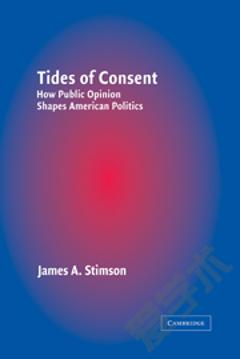
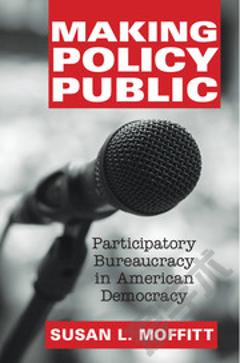
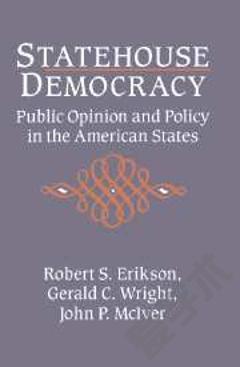
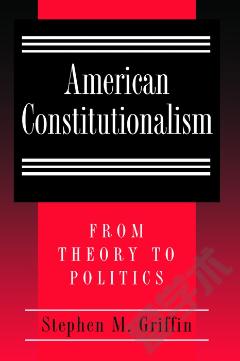

 京公网安备 11010802027623号
京公网安备 11010802027623号